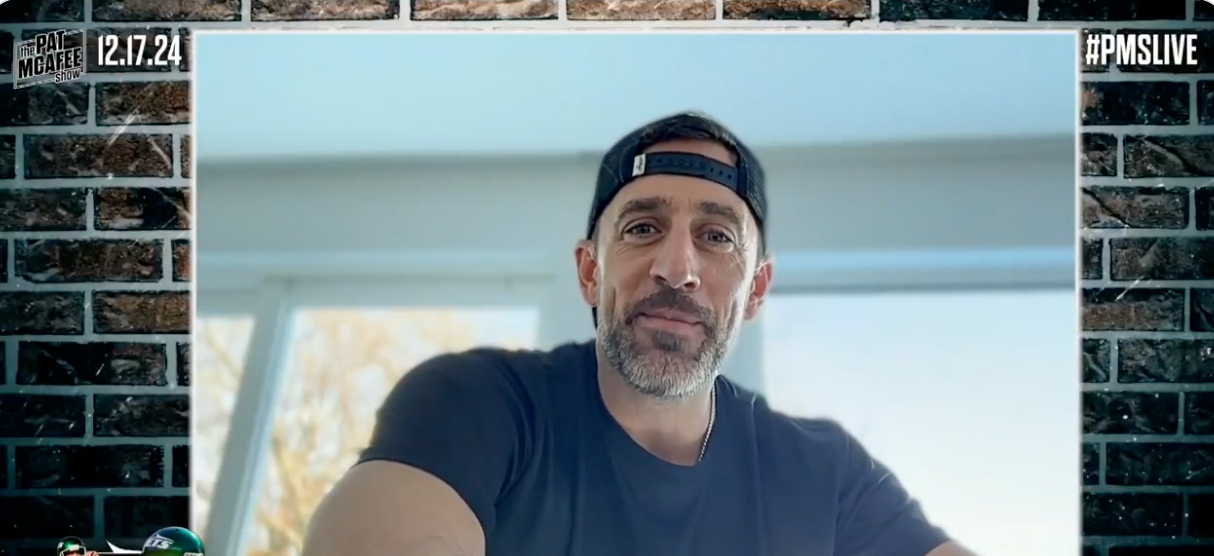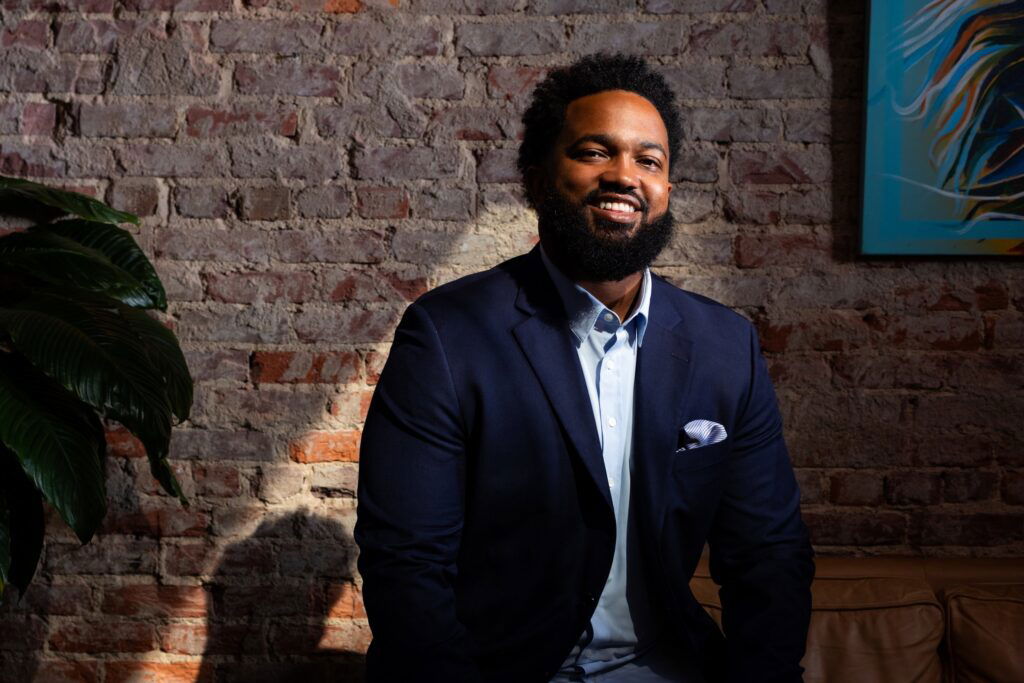A new nightclub continues a long legacy for Washington D.C.’s Black gay community
Thurst Lounge was created as “a love letter” to Washington D.C.’s Black gay community and highlights decades of Black queer […] The post A new nightclub continues a long legacy for Washington D.C.’s Black gay community appeared first on TheGrio.
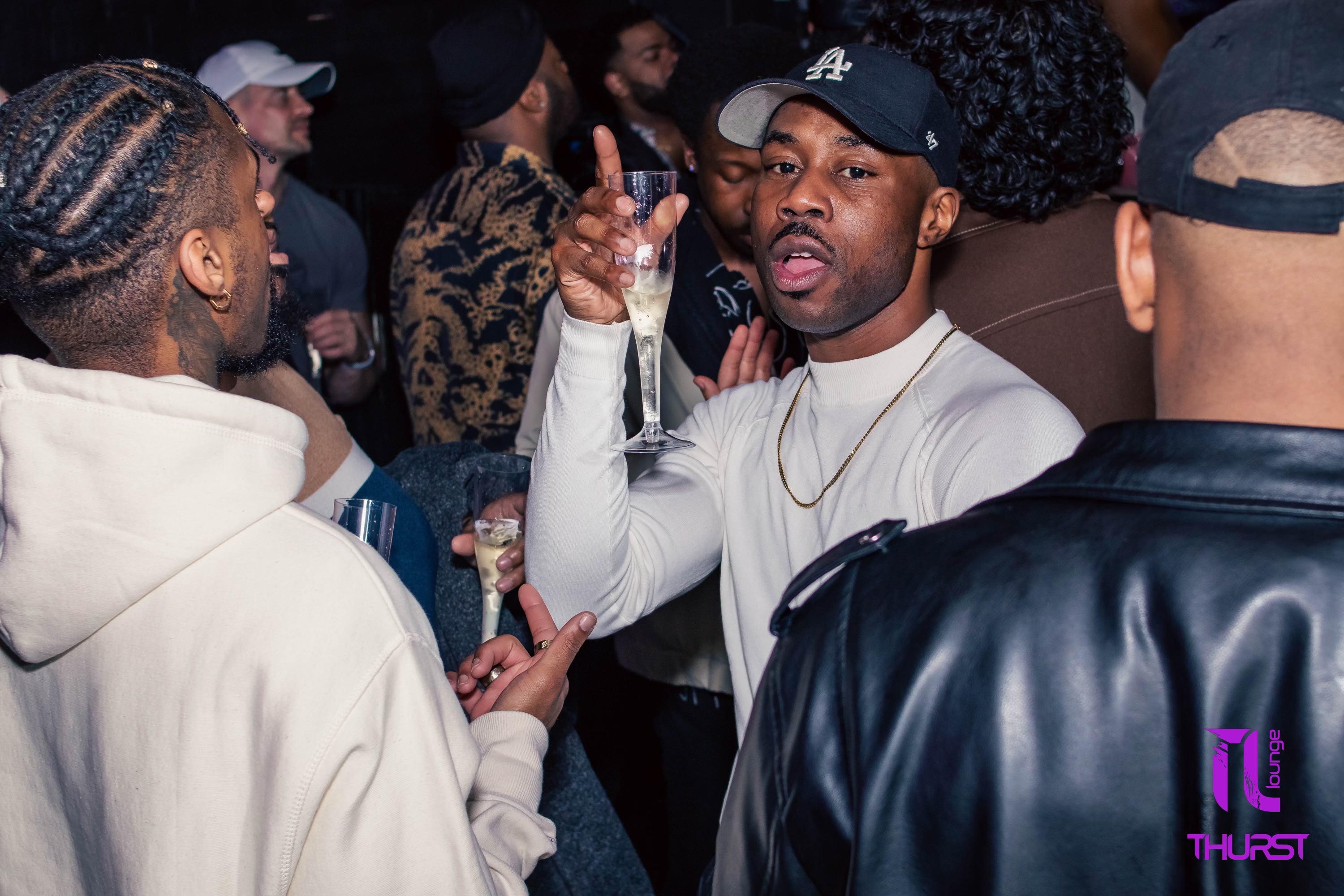
Thurst Lounge was created as “a love letter” to Washington D.C.’s Black gay community and highlights decades of Black queer spaces.
On a recent Saturday night, it was crowded in Thurst Lounge. Music boomed from two dance floors with separate DJs in the new nightclub on 2204 14th St. NW in Washington, D.C.
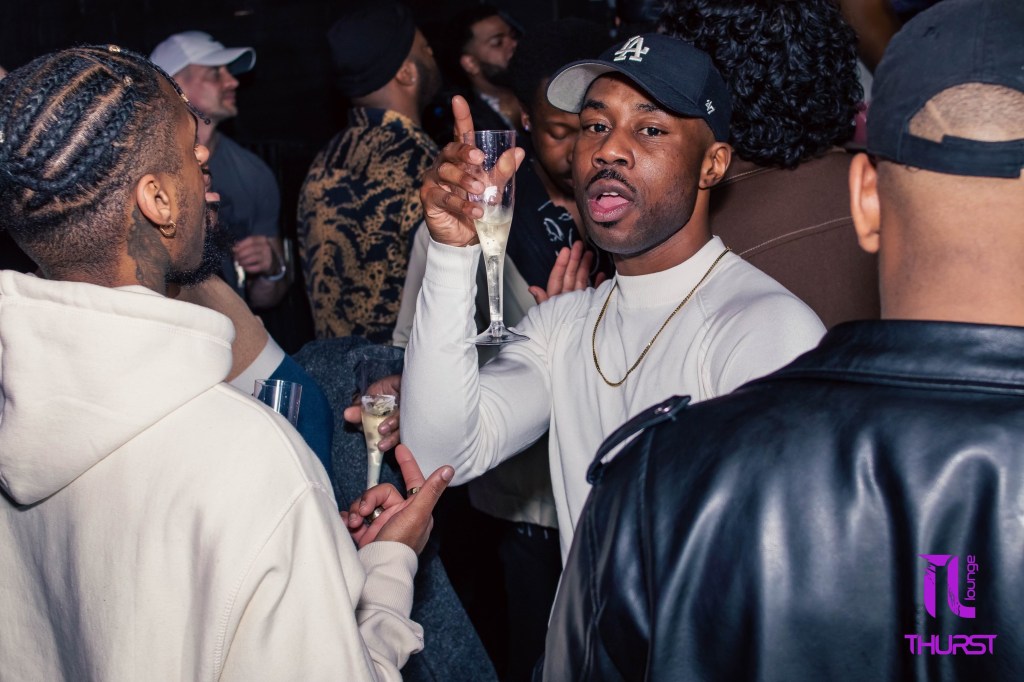
In December, Thurst opened its doors with co-owners Shaun Mykals and Brandon Burke at the helm. The duo built their reputation on “Thursday Bliss,” an open-mic night originally hosted at the legendary jazz establishment Bohemian Caverns. They quickly outgrew the space.
Of their newest venture, Burke said the name pays homage to the unique Black experience in D.C. and the “traditional spelling [of thirst] when it comes to quenching the thirst for communities for the Black gay experience; but also we wanted to pay homage to our roots as the creators of Thursday Bliss. So we use ‘u’ to do that — and then not to mention, we’re off of the U street corridor in D.C.”
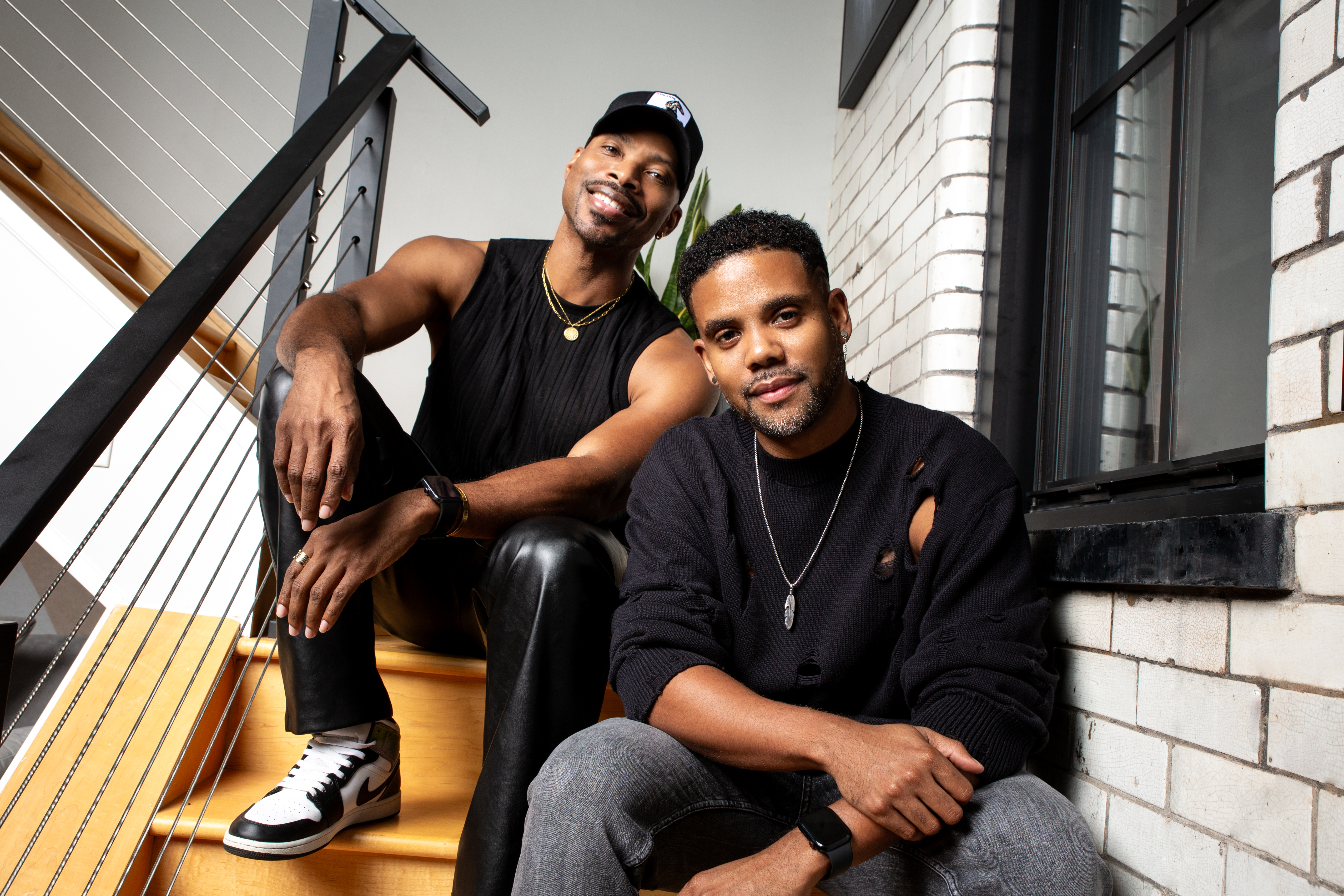
The pair describe Thurst as “a love letter” to the community, an idea that originated because “we wanted to have a permanent space for our event because we had created such a good following, and people seem to really enjoy what we do,” said Mykals, an independent recording artist and vocal instructor by trade.
When Thursday Bliss had to end amid the pandemic, Burke and Mykals reevaluated. “[The pandemic] gave us the time to sit down and think … I think we were kind of waiting for someone else to kind of start a space,” said Burke.
“If that’s what you want to see — if that’s what you want to happen, who better to take the reins?” said Burke, who spent his formative years in the DMV as a Baltimore native, a Hampton University graduate, and now a D.C. resident.
Thurst’s official grand opening is slated for this spring though doors are already open to the public on weekends starting at 2 p.m. It is currently the only Black-owned gay bar in D.C., but its launch continues a revered legacy, filling a void left since The ClubHouse closed in 1990.
The ClubHouse and the ENIKAlley Coffeehouse
Washington, D.C., used to have a significant number of Black gay and lesbian clubs in the 1960s and ‘70s, though none were Black-owned. Following the assassination of Dr. Martin Luther King Jr. and over 1000 subsequent fires from riots in April of 1968, it was reported that seven or eight gay clubs in the area were destroyed.
Robert Michael Vanzant, a Reverend Elder in the community, joined DC’s Black gay community in 1974, when he was in his early 20s and not yet out of the closet. Speaking with theGrio, he recalled his first drag shows at The Brass Rail, nights spent dancing at The ClubHouse and The Fireplace, and visits to the Delta Elite Social Club.
“There were a lot of social clubs where you go to and get dressed up on a Sunday afternoon or a dance party. Those things no longer exist,” said Vanzant, who would go on to help form the Lambda Student Alliance at Howard University, the first LGBT organization at an HBCU.
As the first minority-owned nightclub in DC, The ClubHouse was an icon in its time. Its founders, Aundrea and Paulette Scott, John Eddy, Chasten Morell, and Rainey Cheeks, pooled their own funds with the proceeds of community fundraising to open in 1975. Using only a few independent contractors, most of the work needed to construct the space was done by its future members and volunteer employees.
At the time, there were other clubs that served the Black queer crowd, though they were Black-managed rather than Black-owned. Nob Hill, which catered to Black gay men in DC, filled in as the unofficial “granddaddy of Black gay clubs.” Having opened in 1957, Nob Hill survived the destruction of other clubs in 1968, competed with membership-only clubs through the ‘70s and ‘80s, and outlasted its predecessors. However, it was often derided as being elitist, economically out of touch, gimmicky, and dated. It eventually closed in 2004.
Around the same time, the ENIKAlley Coffeehouse opened in a house near H Street, named for the streets that bordered it. Opened by Ray Melrose and the DC Coalition of Black Gays (established in 1978), this Black-owned social space became a local meeting place for queer Black artists interested in literature and performing arts. Talents such as Audre Lorde and Essex Hemphill performed on its small stage. It was also a meeting place for one of D.C.’s first Black lesbian organizations, the Sapphire Sapphos.
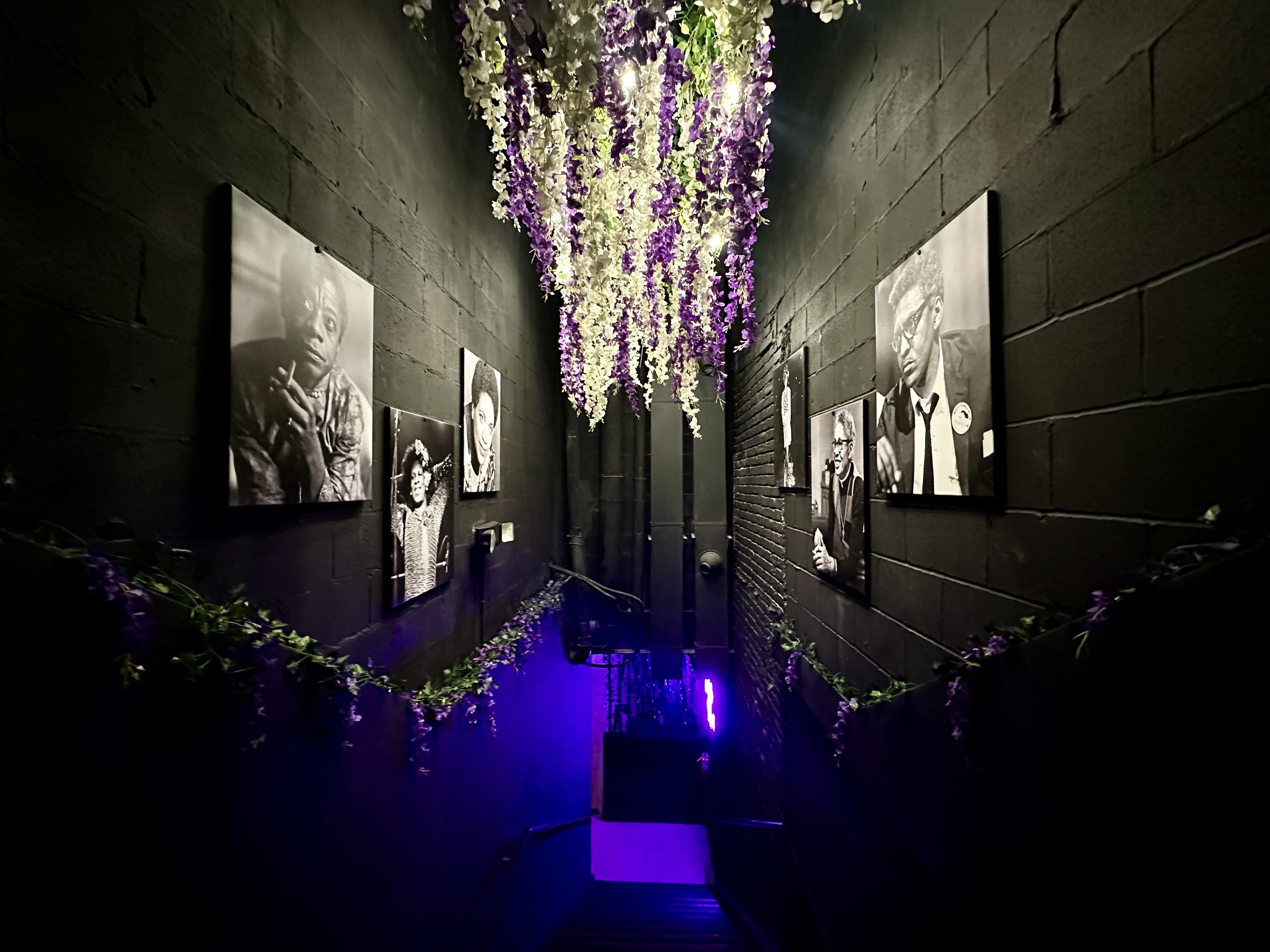
However, as the AIDS epidemic hit the gay community hard in the 1980s, The ClubHouse lost 50% of its membership, according to Eddy. Without its paying members, the financial burden of continuing to operate became too great. By 1989, its owners saw the writing on the wall and did not renew their lease, commemorating The ClubHouse with one final bash in 1990. The Coffeehouse had closed the year before, also crushed by the AIDS epidemic.
Since the ClubHouse closed after serving its community for an unprecedented fifteen years, several LGBTQ+ bars in the D.C. area have catered to Black clientele. However, none had Black owners — and likely for good reason. According to Investopedia, the cost of opening a nightclub can range from $100,000 and $850,000. As Eddy explained to TheGrio, “When all was said and done, I was probably $150,000 in debt” building The ClubHouse. Nevertheless, he still maintains it was worth it.
The ‘90s and gentrification
Even after the worst of the AIDS epidemic tempered, the community was slow to recover, especially while lacking proper meeting venues. The ClubHouse had been deeply involved in the community and the site of several political rallies, church events, an AIDS clinic, and even a “Children’s Hour” and Mother’s Day events.
“We were pretty well infused within the neighborhood,” said Eddy, a US Postal Service manager at the time. “In our 15 years there, we never called the police for any reason — and sometimes, we had 3000 people [in the club].”
Instead, what was left of the community found other routes to come together. In 1991, the first D.C. Black Pride event was held on Memorial Day weekend to raise funds for those diagnosed with AIDS. It continues to be held every Memorial Day weekend.
“There was a whole lot more community prior to the AIDS epidemic in the ‘80s. It destroyed us. The generation after me did not have that community [we had],” said Vanzant.
As the years progressed, the Black LGBTQ+ scene in D.C. inevitably changed, as well. Prices soared amidst gentrification, and Black citizens were pushed out of their homes. In the 1950s, D.C. had become the first major city to be majority Black, nicknamed the “Chocolate City.” However, over the next half-century, the Black population decreased from 59 to 41 percent, according to 2000 and 2020 U.S. Census reports. Many wealthy Black families moved to suburbs in nearby Maryland, such as Prince George’s County. Today, D.C. has one of the highest rates of displacement in the country.
A full-circle commitment
Today, Thurst Lounge hopes to bring the queer Black community a space to build — and not one solely devoted to nightlife, either. While they plan to host musical theme nights focused on R&B and hip-hop, they are also exploring the idea of lower-key events like sip-and-paint or game nights.
So far, the community has responded. Like their predecessors, Burke and Mykals leveraged personal assets and raised funds through friends and family to open Thurst. They also partnered with two nightlife professionals they knew from their time operating Thursday Bliss, bar owner Mosab “Moe” Salih of Club Elevate and his business partner, Doaa Aldoori.
Even ahead of an official opening, the D.C. City Council recognized their efforts to provide a new queer space for Black and brown people of D.C.
“When you’re authentic, and you are doing something for [the] community that even more people will be connected to than what you would have expected, it goes beyond your wildest dreams — and that’s what we’re seeing,” said Burke.
It’s not all fun and games, however. With a nod to D.C.’s Black queer legacy, the owners are taking a page from the community events that The ClubHouse used to host. “We want to do things that are fun, but also things that give back to the community,” said Burke, an author whose first book explored his experiences with his father’s Alzheimer’s diagnosis. “So we’re looking to partner with organizations like Gay Men’s Health Alliance, or mental health professionals,” he added.
“We love this community,” added Mykals. “There’s so many Black, gay, queer professionals in this area. And I just think that we deserve it.”

Aja Hannah is a writer, traveler, and mama. As secretary of the Society of America Travel Writers: Central States Chapter, she prioritizes travel with an ecotourism or human-first focus. She believes in the Oxford comma, cheap flights, and a daily dose of chocolate.
Never miss a beat: Get our daily stories straight to your inbox with theGrio’s newsletter.
The post A new nightclub continues a long legacy for Washington D.C.’s Black gay community appeared first on TheGrio.









